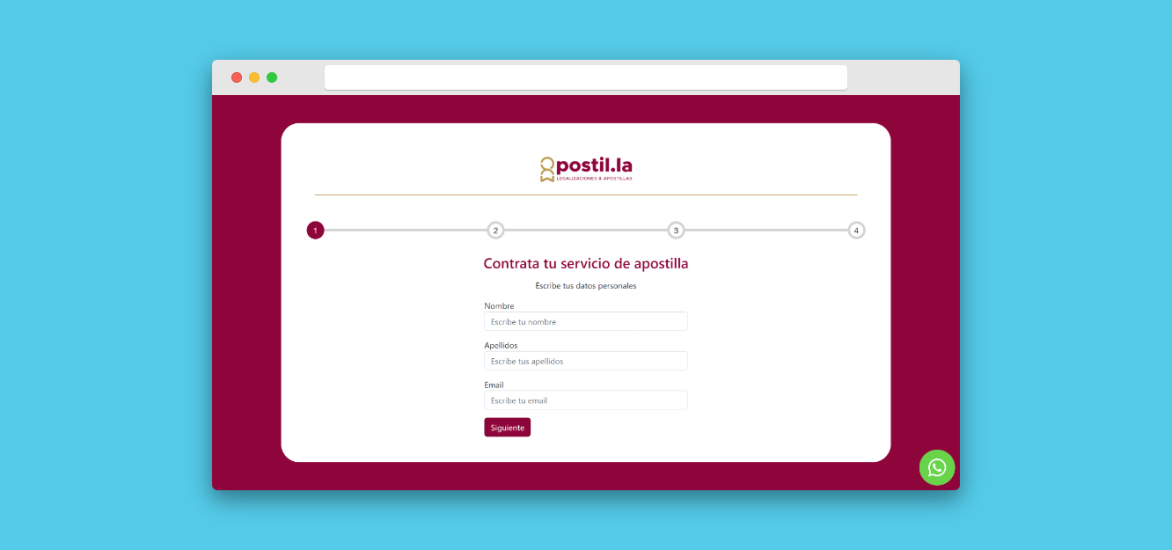How Postil.la team saved more than 15 hours in a week in Customer Service

Project Summary
Postilla is a Spanish company based in Barcelona that specializes in managing the conversion, translation, and shipment of University Degree certificates obtained by Latin American students who studied in Spain, in order to obtain official recognition of their degrees.
The first challenge faced by Postilla was the high number of customer inquiries regarding the status of their degree conversion , which resulted in the team losing several hours each week. Typically, a degree conversion process takes up to three weeks or even longer, due to the legal procedures involved with different entities. Consequently, customers often seek updates on the progress of their procedures.
The second challenge was the absence of an automated order and payment management system for their service structure. This meant that payment links or information had to be sent manually.
Thanks to this dashboard we were able to dedicate more time in marketing and sales, and increase our activity, scaling-up our business and managing more orders with less effort. - Cecilia
Description
After taking into account the overwhelming situation where the team was losing resources in replying to customers for actions that could be automated by software , they decided to invest in building a custom platform to improve efficiency and dedicate the saved time to sales or other more important tasks.
The first part of the project was a consultancy activity in order to study the best approach to solve these problems, reducing the risk of failure, ensuring accurate and always up-to-date data, and creating long-term usage and easy-maintenance solutions.
The approach decided upon was to solve the problems one by one, and the first step was to create a dashboard for users to check the status of their degree conversion themselves. Initially, an admin area for uploading CSV documents was considered, but it was deemed overwhelming for the team and not maintainable in the long term. Therefore, the final approach involved creating a synchronization function with the company CRM to automatically update the information without any human intervention.
The chosen technology has been PHP and Laravel because they were the perfect framework to build a platform with both frontend and backend components .
After completing the development, testing, and deployment of the platform, the company communicated with their customers about the new platform, and the number of status requests dramatically reduced to zero since users could automatically access a private detailed report.
While the application was in production, efforts were made to solve the second problem by creating a payment and order management system. This involved extending the same platform with a new module and an admin area to manage service packages and variations, as well as an admin reporting functionality.
The old system was a combination of WooCommerce and custom payment links, which required human support for certain cases, causing delays in explaining the checkout process to customers and reducing order completion.
With the new system, users could complete their orders without any assistance from staff and would receive an email with instructions on how to track the status of the degree conversion process.
After the final delivery, the team was able to dedicate more time to sales, marketing, and other activities, resulting in more than 15 hours saved in a week.
At GeoNovation, we specialize in creating software solutions and products that focus on solving business problems while reducing technical risk and long-term technical debt. Our process includes the following steps:
Feasibility study and analysis : This is the most important step before writing the first line of code.
Product development and testing.
Deployment of the product and user training.
Maintenance.